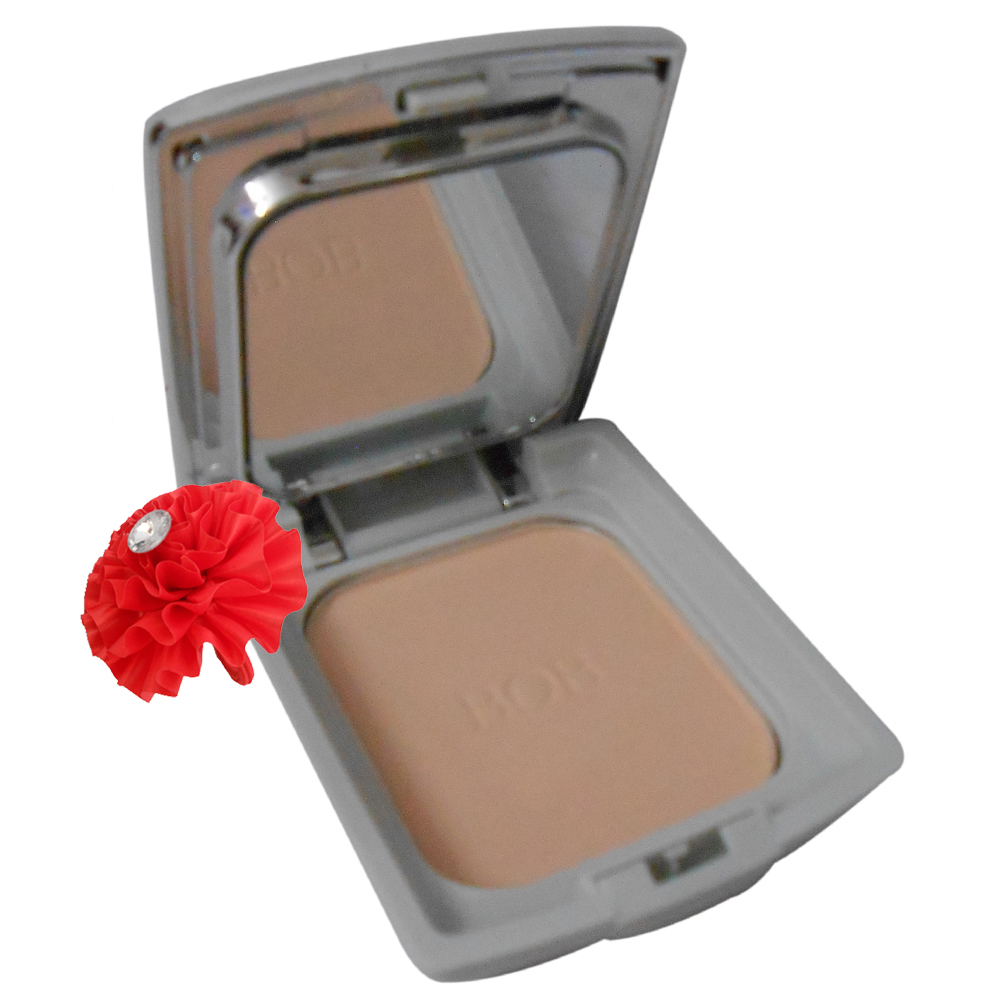

Humble beginnings My line of thought appeared to be right and I succeeded (with the aid of Shell, which supplied the suitable solid epoxy resins) to develop primitive powder coatings. Powder coating material is melt-mixed in an extruder. A better ecological method was unthinkable! In this way, air takes over the liquefying function of solvents. The in-the-gun, electrostaticlly charged powder particles would then adhere to the metal surface, after which the powder layer could be fused and cured.

If I succeeded in making paint in powder form, the fluidized powder must be sprayable (like French talcum powder) from an electrostatic gun (already known from the wet paint application technique), and it should be possible to apply the powder to a grounded metal object. Moreover, I knew that talcum powder was electrostatically sprayed on tires in France. I knew about this fluidization technique from the petrochemical industry and from the invention of the fluidized bed coating technique of powder PVC onto preheated metal surfaces. Then, grind them to a powder with a suitable particle size, bring the powder into a vessel with a porous bottom, and blow air through it so that the powder mix is "fluidized" and behaves like a liquid. My line of thought was this: Find suitable solid resins, hardeners, pigments and other materials, and try to blend them. The third possibility brought me to the development of powder coatings, which do not contain any solvent. The first two possibilities had (and have) the disadvantage of containing polluting solvents. I had three possibilities in mind: reducing the percentage of solvents from 50 to 60% to 20 to 30% substituting 90 to 95% of the solvents with water or substituting all of the solvents with air. So, while working for Teodur (now part of DuPont Powder Coatings) in 1960, I started to look for nonpolluting, environmentally friendly stoving enamels for industrial applications. Their percentages are often very high, especially in spraying paints. It's well known that traditional liquid paints contain solvents, which pollute the environment.


 0 kommentar(er)
0 kommentar(er)
